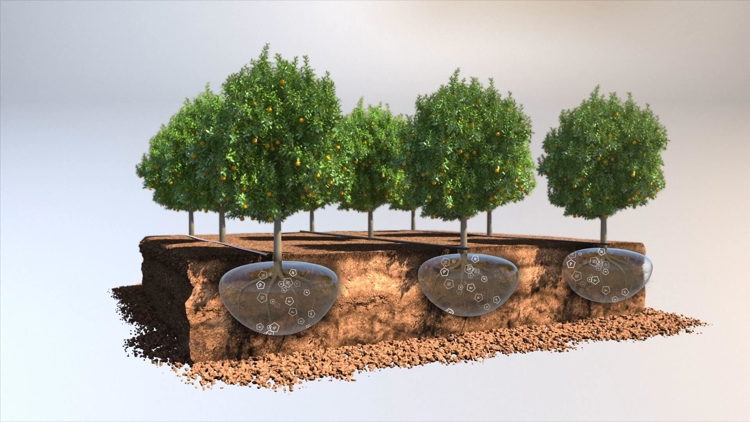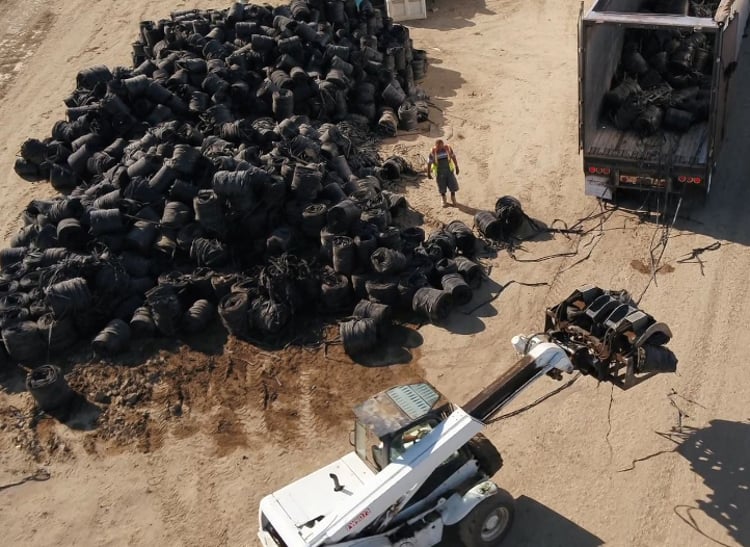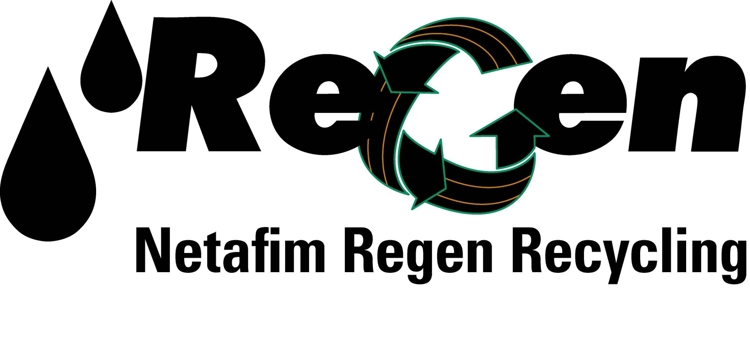The Rise Of Sustainable And Socially Responsible Farming
Following the onset of the pandemic, American’s eating habits shifted dramatically. Restaurant booths and bar seats were left empty, having been traded for dining rooms and couches. Consumers became more interested and investing where their food was coming from and how it was grown as they embraced their new roles as home chefs, bakers, and baristas.
Alignment with shopper values has become more important as consumers demand that companies and brands focus on sustainability and environmental consciousness. Not only are consumers feeling the pressure to change their habits, growers and companies are now looking at their impact on our planet. The team at Netafim is working every day through product development and field-level collaboration to help today’s farmers run their operations in a successful and sustainable manner.
Water Conservation
By 2050, there will be 25% less water on Earth than we need, heightening the urgency of water-efficient farming methods on a global scale. In order to tackle this challenge, Netafim is focusing on irrigation technology with sustainability at its core. Drip irrigation is able to help farmers deliver high-quality yields consistently and almost eliminate water evaporation and run off, allowing farmers to produce more crops with less water and assisting in the reduction of greenhouse gasses.
Drip irrigation has been proven to provide 95-100% water use efficiency, compared to 80-85% efficiency in sprinkler systems and 60-70% efficiency from flood and furrow irrigation methods. Drip irrigation protects our planet’s more precious resource: Water.




Comments
We'd love to hear your thoughts! To enter a comment, type your name and email address.